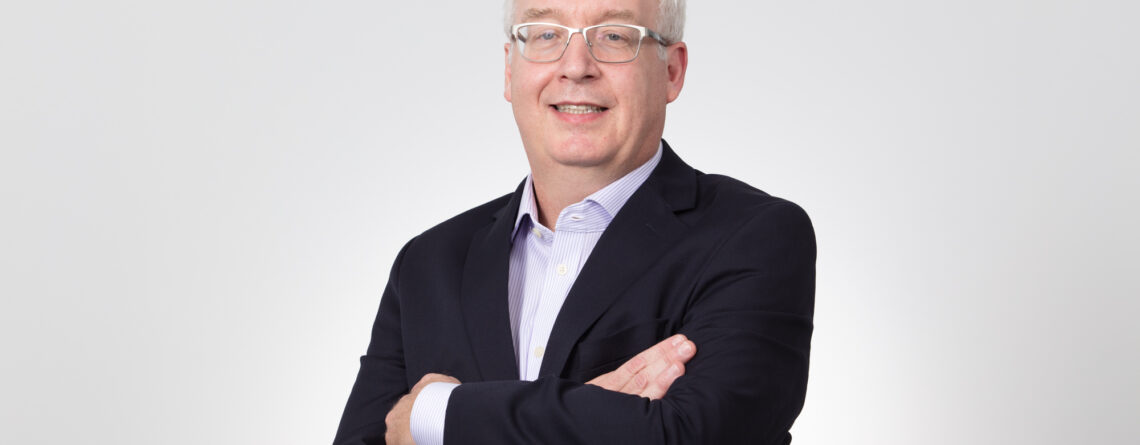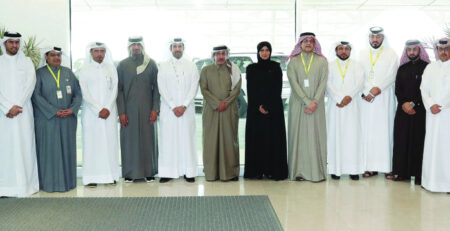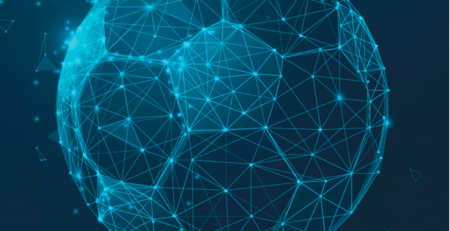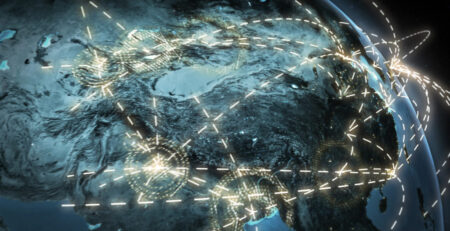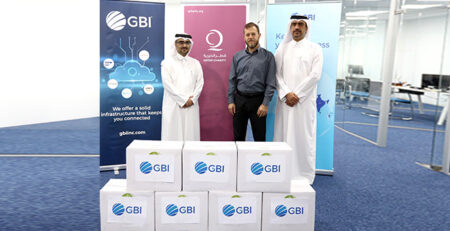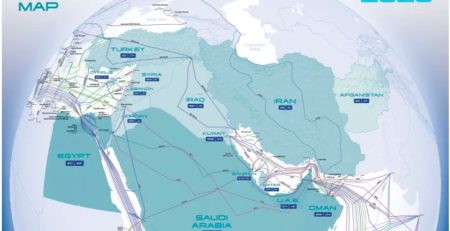Subsea cables are instrumental in supporting evolving tech trends
Gulf Bridge International’s CTO discusses the important role of subsea cables and the unique challenges they face, from cybersecurity to fishing and anchors with Silicon Republic.
There are more than 400 subsea cables functioning worldwide with a combined length of more than 1.3m km, handling around 98pc of all international internet traffic.
Those in senior leadership positions within the space must have a clear understanding of both current technologies being used and future technical enhancements that will be critical to the industry.
Gavin Rea is the chief technical officer at Gulf Bridge International (GBI), which operates a submarine cable system connecting the Gulf countries as well as providing connectivity worldwide.
‘Improving the security of submarine cables depends on understanding of the importance of them’
– GAVIN REA
The company was established in Qatar in 2008 and in recent years has teamed up with tech giants such as Nokia and Microsoft to strengthen connectivity in the Middle East and Africa region.
Rea took up the position of CTO in 2019 having previously worked at BT for more than 17 years, most recently as the head of BT’s subsea centre of excellence. In his current role, Rea is responsible for all the technical aspects of the submarine cable network and GBI products.
“From design, development, implementation, operations and maintenance to considering retirement for the submarine cables when the time does come in 15 years, my responsibilities are crucial to both the long- and short-term success of our solutions,” he told SiliconRepublic.com.
“By having a clear overview of how the network operates, I’m able to drive GBI’s tech strategy to ensure that high-bandwidth, low latency connectivity can be delivered to customers all over the world.”
Are you spearheading any major product or IT initiatives you can tell us about?
We’re in the middle of an evolution of the transmission equipment used on our network. It’s vital that we consider the latest technology from key suppliers such as Ciena, Infinera and Nokia so that we can deliver the maximum capacity to our customers in the most cost-efficient manner.
We’re also looking to refresh our IP network, as well as consistently monitoring to see if the equipment can deliver the services our customers require over the next five to 10 years.
How big is your team?
My team is composed of 15 people split into different departments. For instance, there is the network evolution and planning team that manages the delivery of upgrades and new services, such as IP and network transmission engineering.
There is also the operations and service delivery team, which is responsible for the day-to-day delivery of services to customers and the operations and maintenance of the network, including the power of the submarine cables.
We outsource our 24/7 network operations centre and other repair capabilities. This is because it’s more efficient for partners around the region, particularly when our cable needs marine repairs or cable station maintenance.
Our goal is to find resolutions for our customers as quickly and effectively as possible and outsourcing enables the best service for our customers.
What are your thoughts on digital transformation?
Digital transformation globally is driving our industry and the submarine cable network. GBI, with its submarine cable and terrestrial network, is a key part of supporting the digital transformation of our customers, particularly in the Middle East region.
As we’ve seen from the events during the pandemic, the world has had to evolve to meet the challenges of remote and hybrid working and businesses have had no other option other than to digitally transform.
GBI is constantly looking for opportunities to transform where appropriate and streamline our internal processes, procedures and speed up delivery.
For instance, software-defined networks in the transmission and IP networks are key areas that we’re looking to implement to ensure that businesses can meet their digital transformation needs and that we can be one step ahead of the acceleration.
What big tech trends do you believe are changing the world?
The demand for data is driving technology trends. From social media and the metaverse, to unified communications platforms which helps teams to collaborate from anywhere in real time, data is driving demand on connectivity and therefore the submarine network industry significantly.
Due to the volume of data and voice transmissions subsea cables carry, they are an instrumental part in supporting evolving technology trends and ensuring customers can find solutions effectively.
What’s more, automation is changing the world. From healthcare to self-driving cars, technology is accelerating rapidly.
The demand for capacity to meet the pace of change and innovation is driving the industry, which makes it a very exciting time to oversee subsea cable networks.
How can we address the security challenges currently facing your industry?
It’s important that cybersecurity is addressed thoroughly to reduce the risk of systems being locked out and going down, which can have a wide-reaching impact on customers across the world.
Each level of the platform has its own requirements and stakeholders need to have a full understanding of their own operations to be proactive and mitigate risk before security is breached.
In terms of the physical security of the subsea cable network, there is a multitude of challenges currently facing the industry. This includes threats from external aggressions such as fishing and anchors, as well as natural disasters such as earthquakes which can disrupt the networks.
There are also challenges with having regulatory frameworks in place that effectively penalise those who damage cables. Ultimately, improving the global security of submarine cables depends on the common understanding of the importance of them.

